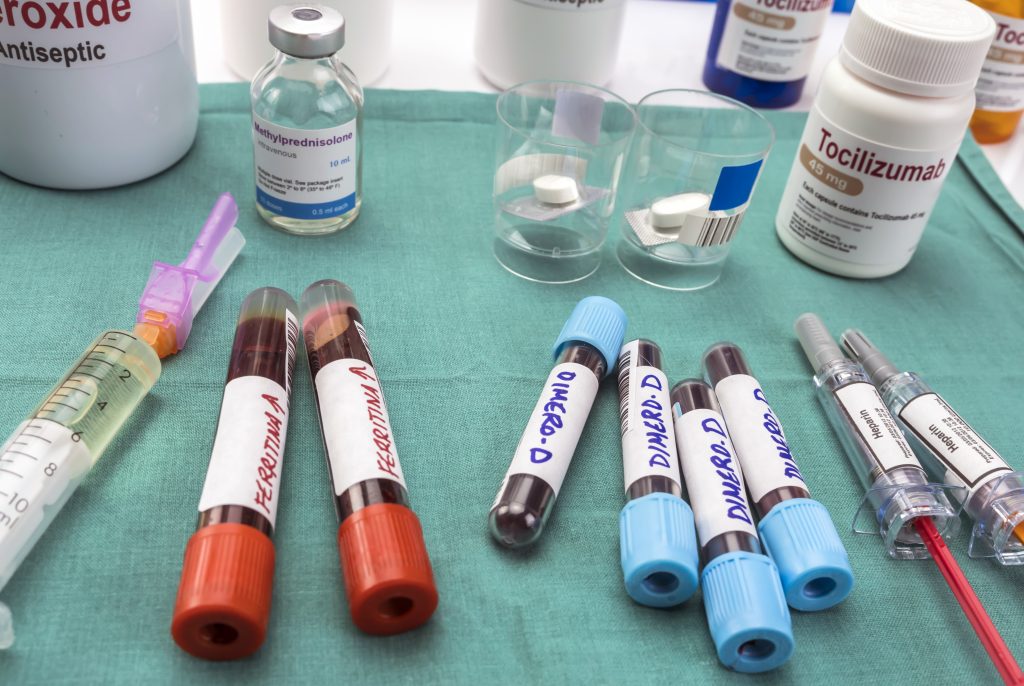Every so often, your body may exhibit alarming symptoms – one of these is haemoptysis, or coughing up blood. While it can be distressing, understanding what it is and how it’s treated is the first step to managing it effectively. As a respiratory specialist, I aim to demystify this topic, shedding light on the causes, symptoms, and treatments associated with haemoptysis.

What Is Haemoptysis?
Haemoptysis is a medical term referring to the act of coughing up blood or bloody mucus from the lungs or airways. It’s a symptom rather than a disease itself, often signalling an underlying health issue that requires attention. This condition can be startling or even frightening, but it’s crucial to remember that not all instances are severe or life-threatening. However, persistent or copious haemoptysis should prompt an immediate visit to a respiratory specialist.
Causes of Haemoptysis
Haemoptysis can be triggered by a variety of lung conditions. The most common include:
- Bronchiectasis: This is a long-term condition where the airways in your lungs become abnormally widened, leading to a build-up of excess mucus that can result in coughing up blood.
- Pneumonia: An infection that inflames the air sacs in one or both lungs can lead to haemoptysis.
- Tuberculosis: This severe lung infection, although less common now due to vaccination, can cause coughing up blood.
- Lung cancer: While not all lung cancers cause haemoptysis, some do, particularly if they erode into the lining of the bronchial tubes.
- Pulmonary embolism: This is a serious condition in which a blood clot travels to the lungs, potentially causing haemoptysis.
- Chronic obstructive pulmonary disease (COPD): This group of lung conditions, which includes emphysema and chronic bronchitis, can sometimes cause haemoptysis.
It’s also important to note that some people may experience haemoptysis after intense or prolonged bouts of coughing, due to small blood vessels breaking in the airways.
How Does a Respiratory Specialist Diagnose the Cause of Haemoptysis?
Diagnosis of haemoptysis usually involves multiple steps. Your respiratory specialist will begin by asking about your medical history and carrying out a physical examination. Following this, they may recommend diagnostic tests, such as a chest X-ray, CT scan or bronchoscopy. These tests provide detailed images and views of your lungs and airways, allowing your specialist to identify any abnormalities or signs of disease that could be causing your symptoms.
A chest X-ray is often the first step, providing an overall view of the lungs. A CT scan can offer more detailed images and may be useful in identifying specific lung diseases. A bronchoscopy involves inserting a small camera on a flexible tube into your airways, offering a direct visualisation of your bronchial tubes and allowing your respiratory specialist to spot any signs of disease.
Treatment Options
The treatment approach for haemoptysis depends entirely on the underlying cause. If an infection is present, antibiotics may be prescribed to clear it. For diseases like COPD or bronchiectasis, you may require long-term treatment with medications to manage symptoms and improve lung function. Medication such as tranexamic acid can also help settle the bleeding.
For severe cases where substantial amounts of blood are coughed up, more urgent intervention may be required. This could involve a procedure known as bronchial artery embolisation, where the bleeding vessel is blocked off, or surgery to remove the affected area of the lung.
The Importance of Respiratory Health
Maintaining good respiratory health is crucial, not only for preventing haemoptysis but also for your overall wellbeing. This includes avoiding smoking, limiting exposure to environmental pollutants, exercising regularly, maintaining a healthy diet, and ensuring you’re up-to-date with vaccinations for respiratory diseases.
GET IN TOUCH

